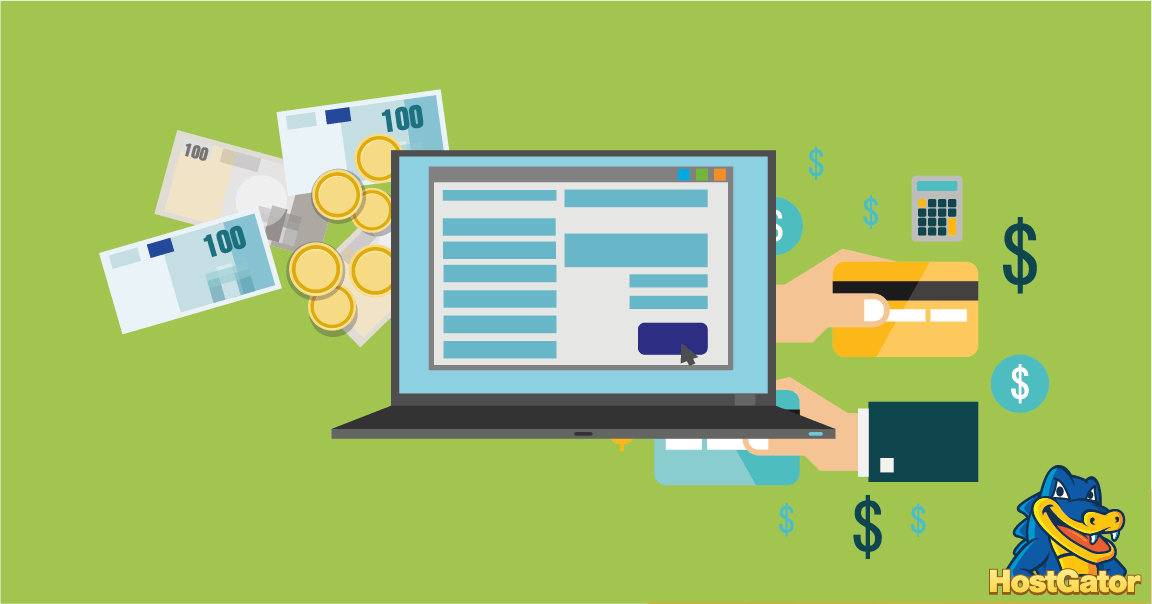Online shopping is a booming industry. 69% of US adults have shopped online in the past, with 25% making at least one online purchase every month. In addition to this, ecommerce sales increased by 25% during the Covid-19 pandemic, proving that customers want flexibility in their purchasing options.
If you’re the owner of an online business, you might be wondering how best to harness the growing interest in online retailers; US adults make an average of 70 payments each month, so how can you make sure that your online store is getting your fair share?
One of the most proactive things you can do for your business is to ensure that you accept as many payment types as possible from your customers, so that you never miss out on a sale. Let’s dive into some of the most common online payment types, and how they could benefit your online business.
Credit cards
E-commerce has taken a radical shift towards becoming ubiquitous; as such, businesses need to find ways to best accept payments online. This is especially important for those selling age-restricted products, like smoking accessories.
With more than 500 million credit and debit cards currently active in the US, credit cards are undoubtedly one of the more popular payment methods among consumers. Fortunately, there are a variety of different services called payment gateways, which allow online businesses to accept credit cards.
Payment gateways work by sending encrypted transaction information from your online shopping cart page to the gateway provider. Once the gateway provider has received this information, it facilitates the payment via the entering of the customer’s payment details, providing a secure and safe transaction for both parties.
One of the largest and most common payment gateway providers is PayPal. Although PayPal and similar providers are popular, they can be restricting for some sellers, and may cause significant issues for business owners if they cancel or restrict your trading abilities. Some gateway providers will restrict sellers based on customer complaints, chargeback activity, or ‘questionable content’ on your website, which is a vague term, allowing some providers to cancel your account for just about anything.
If you sell age-restricted products, you may find yourself unfairly limited by some major payment gateways, and therefore unable to process credit card payments. If you’re wondering how to sell glass pipes online, or similarly high-risk products, consider researching different gateway payment provider options to find one well-suited to your business.
Electronic invoices
Depending on your business model, your customers may prefer to pay for your services via invoices, particularly for trade-related online businesses. In cases where invoices are an accepted payment method, electronic invoicing is a good option to consider for your online business.
Electronic invoices (also referred to as e-invoicing) are used to describe the transfer, receipt, and processing of payments via digital documents (a traditional invoice which has been scanned does not qualify as an electronic invoice.) To generate an electronic invoice, your documentation should be created digitally, using customer details which are then stored in your system for future use. When created with an appropriate invoicing system, your electronic invoice should allow your customer to pay by clicking on embedded links in the invoice itself.
Electronic invoicing can streamline the invoice payment system, help the environment by reducing the use of paper, and prevent losses caused by human error when inputting payment details in a third-party application.
Mobile payments
A relative newcomer to the payment game, mobile payments are expected to become more popular as gen-z gains more purchasing power; approximately half of US adults have used their phone to make a purchase in the past.
Apple, Google, and Samsung all currently offer payment options through devices with their operating systems, with iPhones and Android devices having the ability to upload most credit cards into a digital wallet; this can be used for both in-person and online payments. Although the uptake of digital wallets and mobile payments has been slower than expected by the tech giants, all business owners should consider integrating these methods into their online shopping payment options.
While many gateway providers such as PayPal and Stripe have their pros and cons, mobile payments differ in that they don’t require a third-party gateway, and instead work by directly inputting the credit card details—more like a traditional credit card payment.
Payment processing options are an important consideration for your online business; making sure that you explore all your options and choose the right payment method for your circumstances can help to maximize your sale opportunities. Particularly for high-risk businesses, ensuring that you use a payment method less prone to unexpected restrictions can help your business to run more smoothly, and allow your products to be easily accessible for your target consumer.


